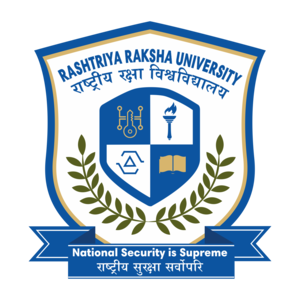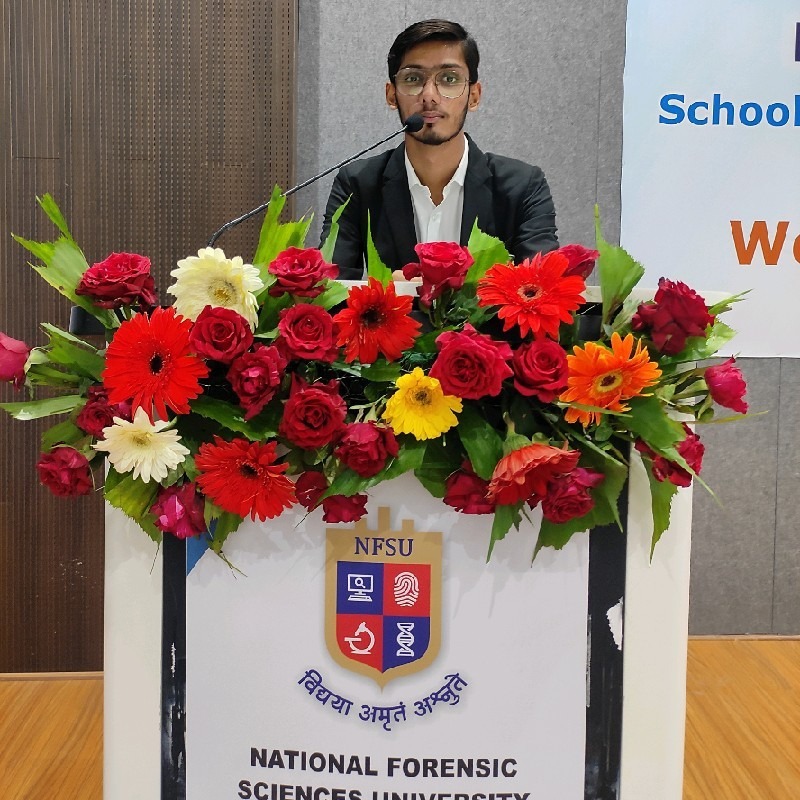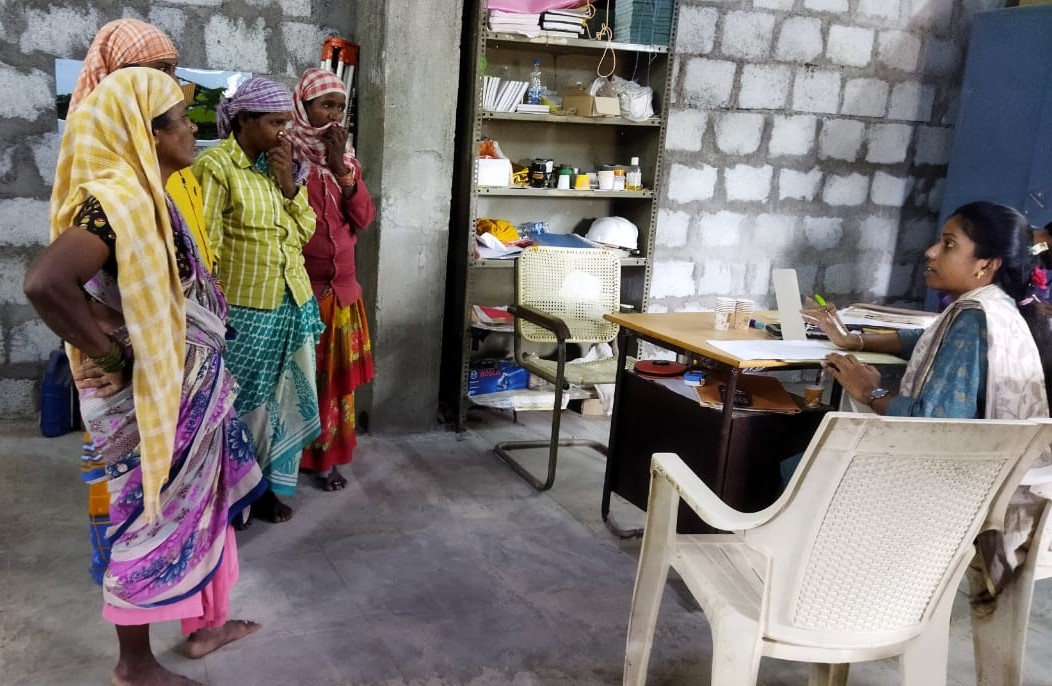Domestic Violence : An Overview
- Prateek Saxena
- July 2, 2020
Content :
Domestic violence can be defined as a pattern of behavior in any relationship that is used to gain or maintain power and control over an intimate partner, it is a global issue reaching across national boundaries as well as socio-economic, cultural, racial and class distinctions. Domestic violence includes any behaviors that frighten, intimidate, terrorize, manipulate, hurt, humiliate, blame, injure or wound someone. This problem is not only widely dispersed geographically, but it incidence is also extensive, making it a typical and accepted behavior. Domestic violence is wide spread, deeply ingrained and has serious impacts on women\'s health and well-being. Its continued existence is morally indefensible. Its cost to individuals, to health systems and to society is enormous Violence against women in India is an issue rooted in societal norms and economic dependence. Female feticide, domestic violence, sexual harassment and other forms of gender-based violence constitute the reality of most girls\' and women\'s lives in India. Wife battering affects the physical and psychological wellbeing of the abused women and even that of their children. Although female participation in public life is increasing and laws have been amended, India still has a long way to go to make Indian women equal citizens in their own country. In our society, many women are violently treated by their intimate partners while they suffer in silence. In some cases, domestic violence leads to the death of these women. The purpose of the present study is to report the prevalence of various forms of domestic violence against women, to analyze the data on domestic violence against women in India and some suggestive measures this paper discusses the meaning, causes, and types of domestic violence and after-effects of these types of violence on abused women. The management of domestic violence essentially requires combined effort of law enforcement, social welfare and health care services. Although efforts have been made in this direction, the attended cases represent just the tip of the iceberg, as majority of the cases are not reported due to social pressures from family members or social stigma of defamation. Real change in these cases can only be brought about by changing the mindset of society through education and better law enforcement.












